您的购物车目前是空的!
How to Identify a Painting can seem daunting, especially when the work is unknown or obscure. With countless paintings in existence, tracking down information about a specific piece might feel overwhelming. However, you can significantly narrow your search by analyzing the composition, subject matter, and artistic style. Begin by using an image recognition app or a reverse image search. Since museums and art historians continually upload and catalog artworks online, finding the details you need may be easier than you expect!
Method1 Finding the Artwork Quickly
Here’s a polished English rewrite of your text with bold first sentences, numbered paragraphs, H3/H4 headings, outbound links, and references:
How to Identify a Painting
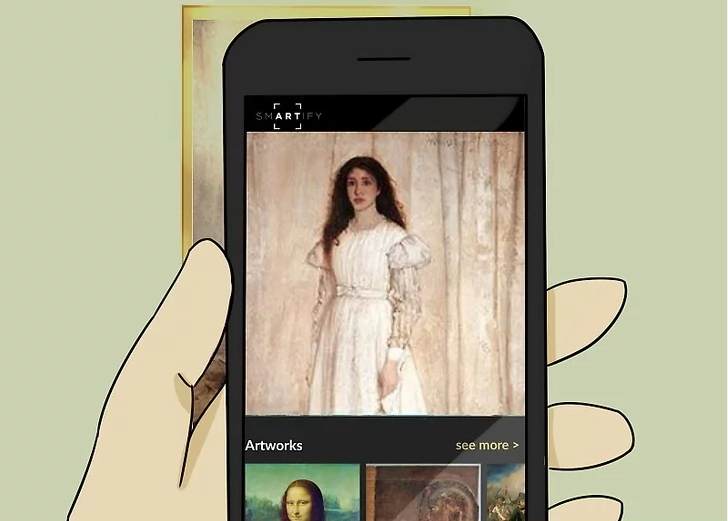
Step 1: Use an Image Recognition App
1. Use an image recognition app to identify the painting instantly. If you can’t recall the artist’s name or want more details about a painting, consider downloading an image recognition app specifically designed for art. Several apps for Android and iPhone allow you to snap a photo of a painting and search through museum catalogs, university databases, and art history references. This method is the quickest way to locate a specific painting.[1]
Popular Apps
The two most widely used apps for artwork recognition are Smartify and Magnus. These apps provide details about the artist, background information, and interesting facts about the composition.
Limitations
These apps generally only include paintings that have been well-documented and catalogued by curators, historians, professors, or other artists. For works by obscure or lesser-known artists, these tools may not be effective.

Step 2: Run a Reverse Image Search
2. Run a reverse image search if you have a digital copy of the painting. When you have the painting on your computer or phone, a reverse image search can help you find more information. Simply copy the image’s URL into a search engine and run the query to find other websites featuring the painting.[2]
How to Use
In Google Chrome, you can right-click the image and select “Search Google for this image.” Alternatively, you can download the image and upload it to a search engine. The most popular tool for this is TinEye, though other options are available online.
Tip
You can also take a photo of a painting and upload it, but results are usually less accurate. Reverse image search engines work best with digital images rather than camera photos.
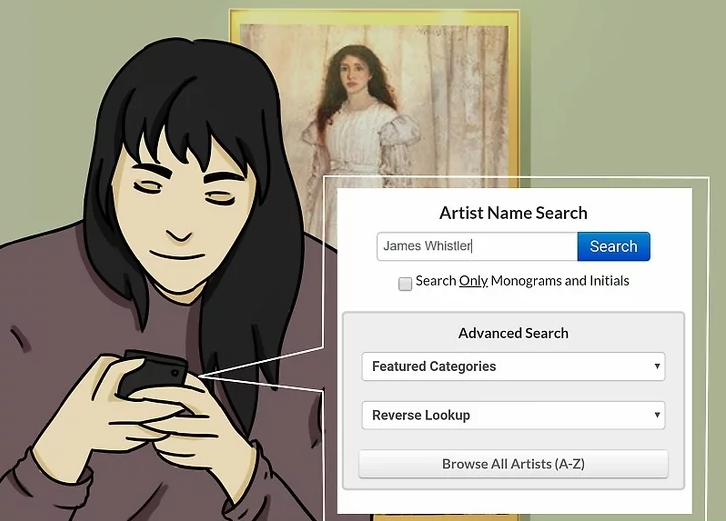
Step 3: Use the Signature or Monogram
3. Examine the signature or monogram to research the painting online. Look for a signature or monogram in the corners of the painting. If the artist’s name is legible, search it online to locate the painting. If it’s difficult to read, carefully analyze the letters to decipher the name, which will help narrow your search.[3]
Monograms vs. Signatures
A monogram is typically a 2- to 3-letter design representing the artist’s initials and became popular after the 1800s. Signatures were rarely used before the Renaissance (around 1300). Even if you cannot identify the signature, it provides a baseline for further research.[4]
Online Tools
You can use Artist Signatures (requires free signup) to reverse-search an artist’s signature. This is helpful if you want to double-check your interpretation of the signature.
References
- Smartify: https://smartify.org/
- TinEye Reverse Image Search: https://tineye.com/
- How to Read Monograms and Signatures: https://www.artsy.net/article/artsy-editorial-how-to-read-artist-signatures
- Artist Signatures Database: https://artistssignatures.com/
Method2 Assessing the Composition
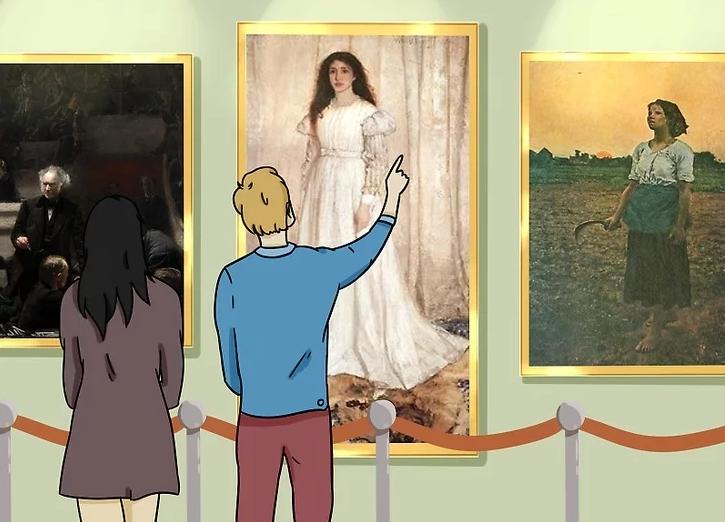
Step 1: Consult an Art Expert
1. Ask an expert to identify the era, style, or artist of the painting. Email or visit a museum curator, art history professor, or gallery owner and request their opinion on the image. An expert can provide insights about the period, style, and potentially identify the artist immediately.[5]
Choosing the Right Expert
If contacting a gallery owner, try to find one specializing in the type of art you are researching. For example, a contemporary abstract piece is easier to identify through a gallery focused on modern artists.
Reference: Art Experts and Curators
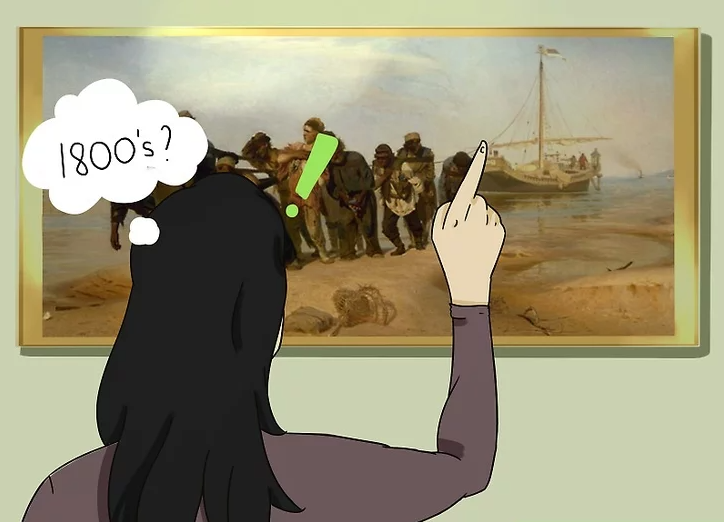
Step 2: Analyze Clues in the Subject Matter
2. Use visible clues in the subject matter to narrow down the date. Elements such as clothing, technology, or logos can indicate when a painting was created. For example, a painting with a small airplane in the background must be post-1903, the year the Wright brothers first flew.[6]
Practical Examples
- Portraits of Spanish aristocrats suggest pre-1800s art.
- Depictions of Elvis Presley indicate post-1954.
Reference: Dating Art Through Context
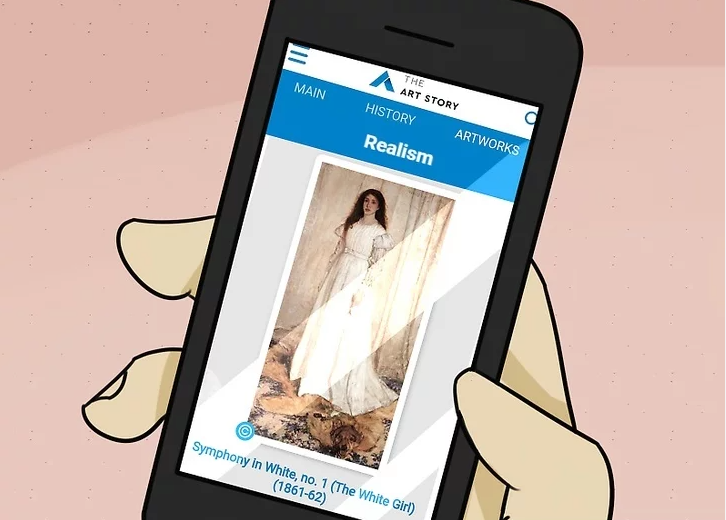
Step 3: Identify the Artistic Movement
3. Determine the artistic movement by assessing the painting’s style. Art movements often share visual qualities, which helps narrow down the search. If the movement is unclear, compare the painting with online museum catalogs or collections.[7]
Common Movements
- Neoclassical (1750-1850): Artificial light, aristocratic groups, dramatic religious or battle scenes.
- Impressionism/Expressionism (1860-1920): Expressive brushstrokes, non-realistic colors, “messy” appearance.
- Realism (post-1840): Photo-like depiction with natural, unstaged subjects.
- Abstract/Experimental (post-1930): Non-representational, challenging to interpret.
Reference: Art Movements Overview

Step 4: Check the Medium
4. Identify whether acrylic paint was used to determine if it was made after 1940. Examine the painting closely: flat, matte colors suggest oil, while shiny, reflective colors likely indicate acrylic, introduced in the 1940s.[8]
Additional Tips
If multiple media are used, the painting probably dates after 1900. For digital images, extremely bright or neon colors may indicate acrylic.
Reference: Acrylic Paint History
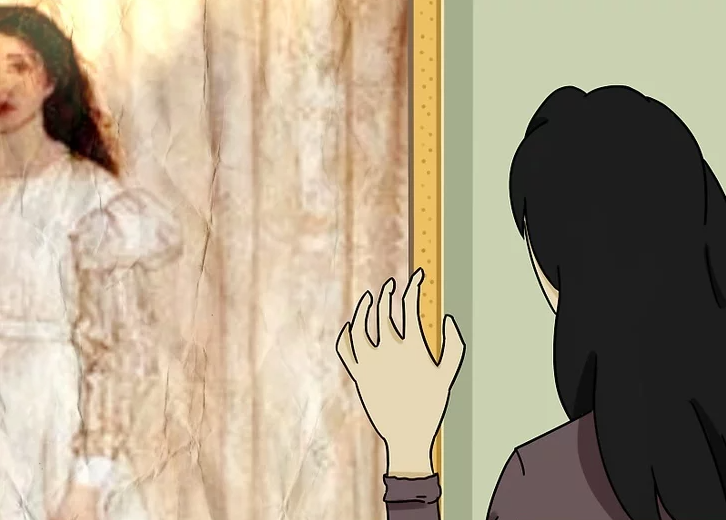
Step 5: Examine Canvas or Paper Quality
5. Assess the canvas or paper to estimate the date. Uniformly stapled canvases indicate post-1900 mass production. Fragile, pristine paper is unlikely to be old. Loose-hanging canvas may suggest pre-1600 work.[9]
Observation Tips
Consider wear and tear, stretching technique, and material quality to further narrow the period.
Reference: Materials & Techniques
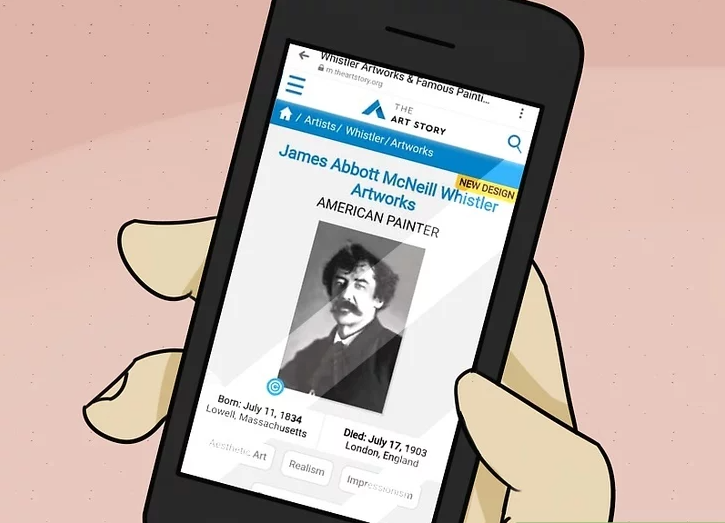
Step 6: Search Through Websites and Catalogues
6. Search online galleries and museum databases after narrowing the search. Once you have an approximate period, style, or movement, explore websites, museum datasets, and art encyclopedias to find similar works. With enough luck, you may discover the artist.[10]
Finding the Specific Painting
Once the artist is identified, locating the exact painting is easier. Museums and universities often catalog a well-known painter’s complete body of work online.
Reference: Online Art Databases
References
- Artsy: How to Identify Art
- Metropolitan Museum Curatorial Departments
- The Art Story: Art Movements
- Jackson’s Art: Acrylic Paint History
- Getty Museum: Materials & Techniques
- MoMA: Online Art Resources
Method3 Using Less Obvious Details

Step 1: Inspect the Back of the Painting
1. Inspect the back of the painting to look for notes or labels. If you own the artwork and cannot identify it through traditional search methods, flip the canvas over and examine the back. Prints or reproductions may have identifying marks. If it is a family heirloom or thrift store purchase, there might be handwritten notes describing the origin.[10]
Additional Details
If you see 2–3 numbers written in a corner, the piece was likely purchased at a resale shop, where staff often write prices directly on the back. In such cases, identifying the artist may be difficult.
Reference: National Gallery — Understanding Provenance
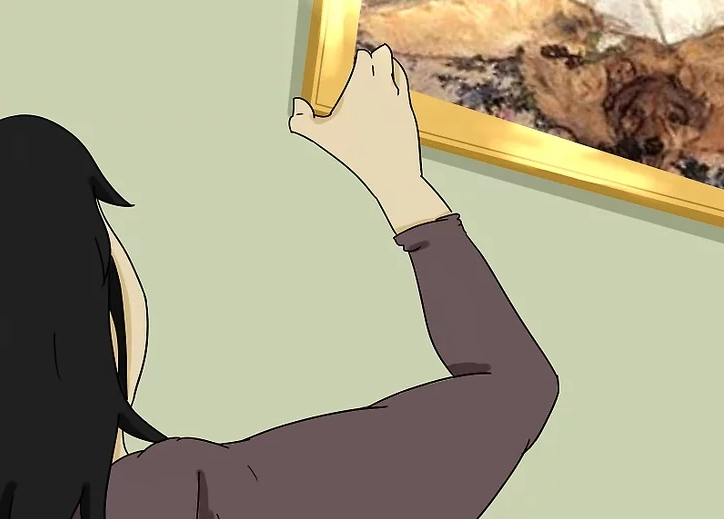
Step 2: Examine the Frame for Manufacturer Marks
2. Check the frame to see if you can identify a manufacturer. Look for imprints, stamps, or labels on the frame’s back. Many frame manufacturers leave company names or codes. If found, you can contact the manufacturer for details, which may narrow down the painting’s region or production period.[11]
Provenance Insight
If the painting lacks a frame, inspect the wooden stretcher of the canvas. Before 1900, most artists stretched their own canvases. A signature on the wood could belong to the artist. However, be cautious: well-known or older works may have been re-framed over time.
Reference: Smithsonian Provenance Research

Step 3: Consult an Art Dealer for Large Collections
3. Take a large collection from an unknown painter to an art dealer. If you discover many paintings with no online trace or clear artist identity, reach out to a professional art dealer. Many artists create simply for personal enjoyment, and you may have stumbled across an original body of work from a little-known or completely unknown painter.[12]
Variation
If the paintings appear particularly old, contact a museum curator or art historian instead. Older collections often hold more historical and cultural value.
Reference: International Confederation of Art and Antique Dealers Associations